Chalk streams are rivers that emerge from chalk bedrock. They have very clear water that’s rich in minerals, and attracts a wide variety of aquatic plants and fish. This post contains everything you need to know about chalk rivers.
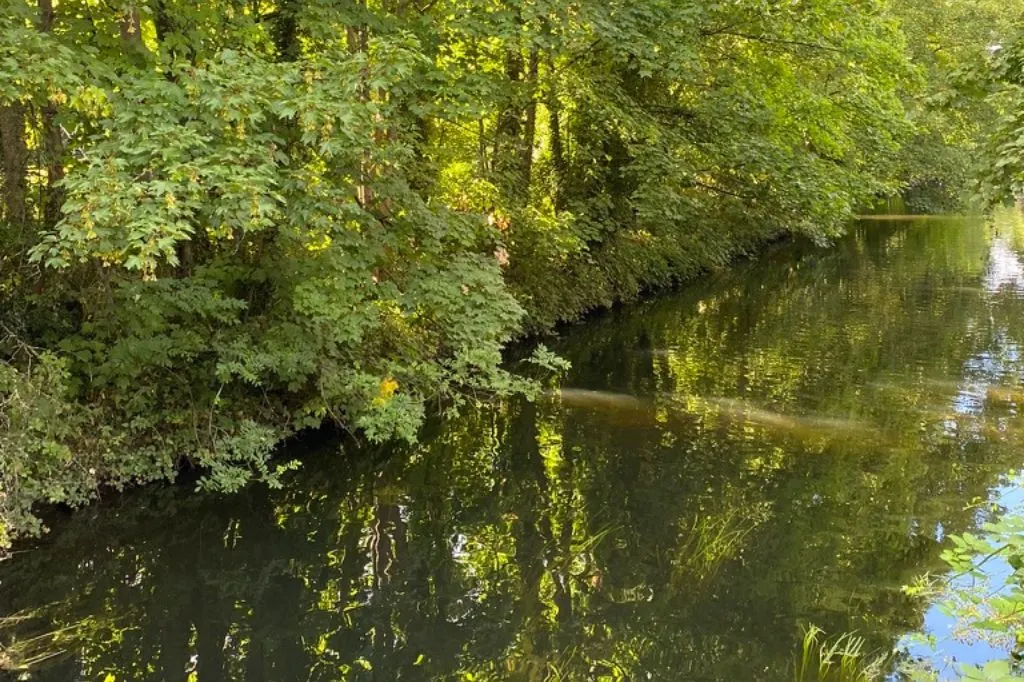
What are Chalk Streams?
Chalk streams have very clear, mineral rich water which stays a consistent temperature all year round. They tend to have flinty gravel beds, and due to their nutrient-rich waters attract a large variety of aquatic plants and wildlife.
The water in chalk rivers is mildly alkaline (usually with a pH of between 7.4–8.0). This is because of the calcium and carbonate ions in the chalk that get dissolved in the water, as it passes through the bedrock.
What Makes a Chalk Stream?
Chalk streams form from water rising out of chalk bedrock. Chalk is a very porous and pure form of limestone that filters out any fine sediments in the water, leaving it highly transparent and clear.
Since chalk is so permeable, it also means that chalk rivers have little surface runoff since the chalk absorbs any excess rainwater.
Chalk also acts as a temporary reservoir and regulates the amount of water to the springs. This is the reason why chalk rivers have a constant temperature (of around 10°C), and stable flow all year round.
On cold winter days you can see fog forming above chalk streams. This is because water from the warm stream condenses in the cold air above it.
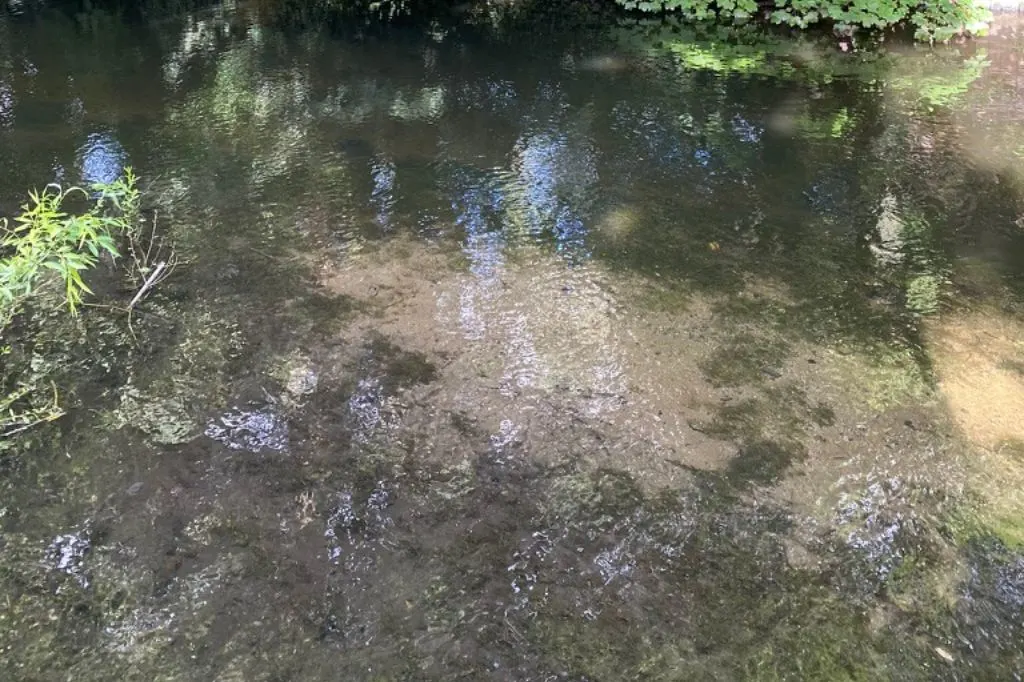
Why are Chalk Streams so Rare?
Chalk rivers will only form in places where chalk bedroom meets the earth’s surface. Globally this rock formation is rare. There are only around 200 chalk streams in the world, with around 85% of them in England.
Since chalk rivers support such a high variety of different specifies, they have often been referred to as England’s rainforests, with conservation work being done to protect them.
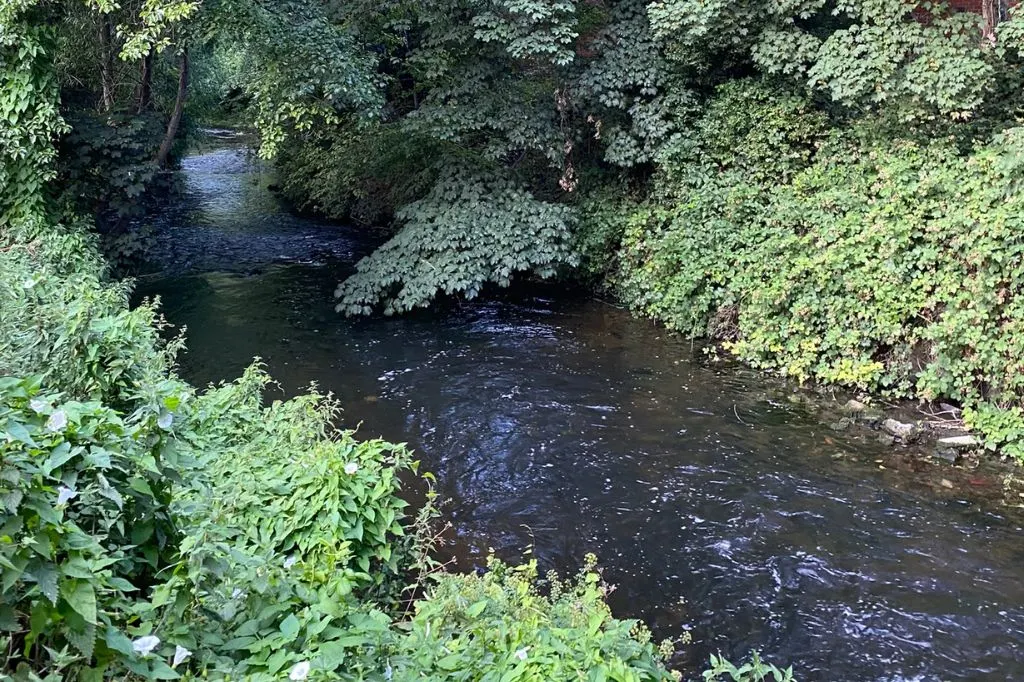
Why are there so many Chalk Streams in England?
The large number of chalk streams in England is due to the high amount of chalk in the ground. This chalk was deposited there during Cretaceous period, between 100 and 60 million years ago.
The large chalk deposits can be clearly seen in the White Cliffs of Dover, the Seven Sisters in Sussex, the Chiltern Hills, and around Salisbury Plain in Southern England.
In the British Geological Survey’s map you can see the pale green area on the map is all chalk. This area covers the east coast of Yorkshire, Salisbury Plain, the Dorset Downs, the North Downs, the South Downs and the Chilterns.
Where are Chalk Streams in the UK?
Approximately 85% of chalk streams in the world are in Southern and Eastern England, with around 10% of them in Lincolnshire.
Apart from the River Wandle, some other chalk rivers in the UK include:
- River Itchen in Hampshire
- River Avon that flows through Gloucestershire, Wiltshire, and Somerset
- River Wensum in Norfolk, East Anglia
- River Colne in Hertfordshire
- River Test in Hampshire
- River Chess in Buckinghamshire
How Many Chalk Streams Are There in the World?
There are around 200 chalk rivers across the world. Most of them are in England, and the rest are in Normandy in France.
Although other parts of the world have chalk deposits in the ground, England and Normandy are the only places that have chalk close enough the the Earth’s surface to create chalk rivers.
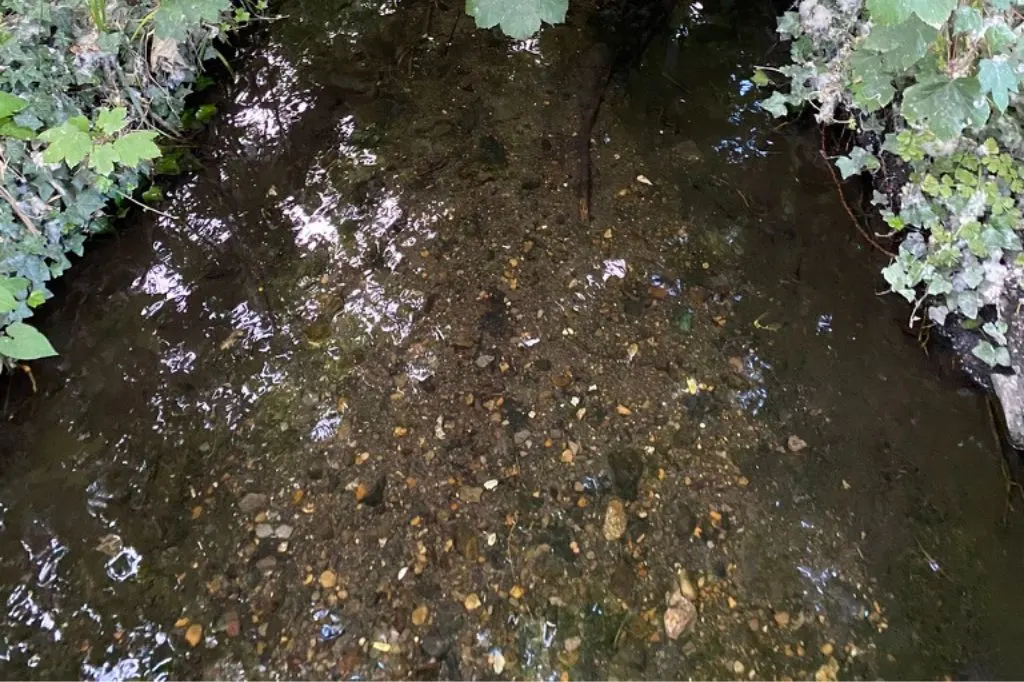
What Fish Live in Chalk Streams?
Chalk streams are popular places for fishing, since the environment supports a wide variety of fish. Due to having a consistent temperature all year round, they are particularly favourable for brown trout.
Chalk rivers also have high numbers of salmon, grayling, rainbow trout, chub, barbel and roach. The high water quality also leads to a wide variety of river plants and aquatic insects.
What Plants Live in Chalk Streams?
Some of the most common plants that live in chalk rivers include river water crowfoot and starworts, watercress and lesser water-parsnip.
Other plants often found by chalk rivers include:
- Blunt-fruited water-starwort
- Lesser water-parsnip
- Flag Iris
- Brook water crowfoot
- Brookgrass
- Red Algae (Hildenbrandia rivularis)
- Fern-leaved Hook-moss
- Pellia endiviifolia (liverwort)
- Opposite-leaved pondweed
- Mare’s-tail
- Hygroamblystegium fluviatile / tenax (moss)
Other Wildlife that Prefer Chalk Rivers
The clear waters of chalk streams are not only favoured by wild brown trout, but many other birds and animals are also drawn to their ultra-clean waters.
Green drake mayfly flourish in English chalk streams, as do the yellow dun mayfly, and winterbourne stonefly.
Water voles are also often found living near chalk rivers since the stable water levels and rich plant life provides an ideal habitat for them.
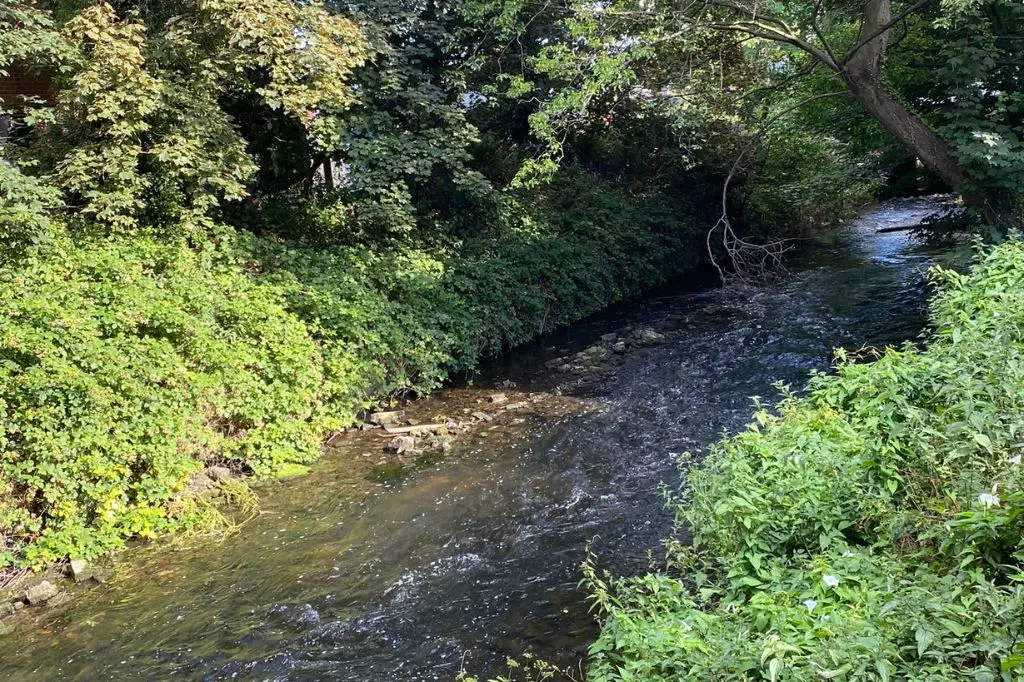
Are Chalk Streams Protected?
The Environment Agency has launched strategies to protect England’s chalk streams which are at risk due to dry weather caused by climate change, global warming, and pollution.
The unique habitat that chalk rivers create, support a wide variety of plants, insects, birds and animals. If this precious habitat is disrupted it can affect the ecosystem of the whole river.
The Environment Agency have said that the future of chalk streams will depend on collective action from water companies, local farmers and landowners to keep these unique environments from eroding.
The Wild Trout Trust also do work to protect chalk streams and the wild trout that live in them.
How does Chalk Affect Water Quality?
Chalk improves the quality of water by removing silt, lowering the pH of the water, and adding essential calcium for plants and animals.
This all happens in underground chalk aquifers, which are sources of water that are replenished when it rains. The world’s chalk streams create rare habitats due to their pure, clear water.
Why Are Chalk Streams Important?
Chalk streams are important since that are home to some of our most threatened plants and animals such as the water vole and brown trout.
Chalk rivers also have an interesting history, and due to their pure water, they supported many industries in the past. Printing mills such as the William Morris factory favoured chalk streams since their clear waters were good for cleaning fabrics.
Thank You For Reading my Post
Thank you for reading my post about chalk rivers. Chalk rivers are great places for trout or salmon fishing. As well as the River Wandle, the Hampshire Avon is also a well known spot for chalk stream fly fishing

Henry de Hoon
Friday 14th of April 2023
I made a walk with friends along the Wandle at Easter and very much enjoyed it. In reminded me very much of a stream in my area, the 'Geul' in the South of Limburg in the Netherlands. When I read about the chalk streams I knew why: our area has also much chalk in the ground and I've noticed that many plants that thrive on it are similar to those I saw along the Wandle. So outside the UK and France, the South of the Netherlands has chalk streams too! In fact the chalk is so prominent in my area that there are chalk mines and chalk caves along the river Geul.